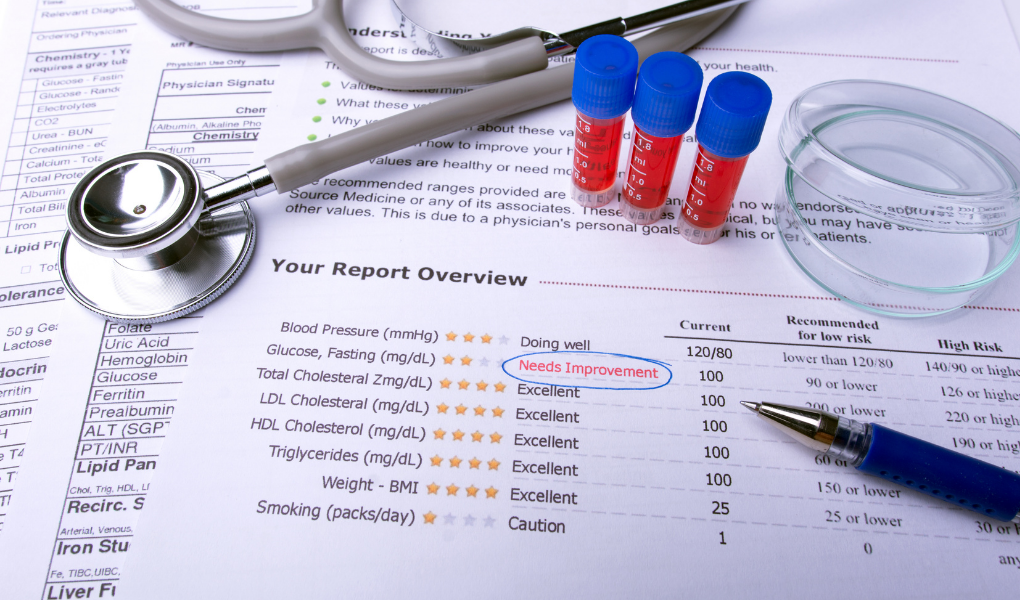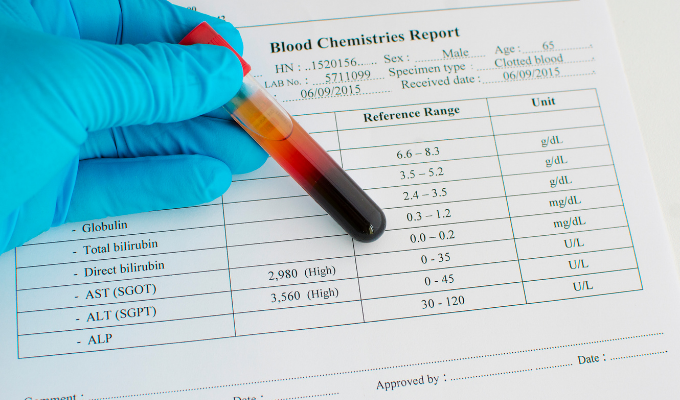What Are Hemoglobin and Hematocrit?

More Programs and Publications Featuring Dr. Kyle Riding
In this program:
Hemoglobin and hematocrit are two vital proteins in the blood. Watch as medical laboratory scientist Dr. Kyle Riding explains how hemoglobin and hematocrit function in the body and some conditions that can be signaled by abnormal levels.
Transcript
Leo Hesse:
Can you help us understand hemoglobin and hematocrit?
Dr. Kyle Riding:
Absolutely. So let me start with the hemoglobin. Hemoglobin is a protein that's actually found inside of the red blood cells, it's actually what gives red blood cells their characteristic red coloration, and the role of hemoglobin is to carry oxygen for the red blood cell.
That's the goal of a red cell is to be able to take oxygen, you just inhale, then your lungs deliver it to your tissues, and then that red cell carries carbon dioxide back to your lungs, so you can exhale it. Hemoglobin is that functional molecule that facilitates that process, it's what will bind oxygen and allow it to be carried to the tissues, and it's what CO2, carbon dioxide will actually use to be brought back to the lungs. So hemoglobin is really important to our just day-to-day living, and because it carries oxygen for us, the hematocrit is a slightly different test, a little more difficult to conceptualize than hemoglobin, because with hemoglobin, we just measure the amount of protein, the amount of hemoglobin that's in the sample, but hematocrit, you have to think about what blood is made of, okay and there, if we were to take a tube of blood and spin it down, centrifuge it really fast, we'd end up with three distinct layers, we'd end up with a top layer of just the liquid portion of blood that we call the plasma, and that's got all your electrolytes and all your glucose and all the fun chemicals that we measure in other laboratory tests, then we get this small little later, very difficult to see, called the buffy coat, and it's really a buffer between the plasma and the next layer, which is the red blood cell layer, and the hematocrit is essentially sitting back and measuring the percentage that capped red cell area takes from the whole volume of blood. So we spin it down and then we look at those red cells that take up 50 percent of this patient's blood, or does it only take up 20 percent of the patient's blood when we look at the whole picture? So we get concerned when the hematocrit is going to be particularly low, that's suggestive of anemia, and it would be accompanied by a low hemoglobin value, since we don't have any red blood cells, we're not going to have my hemoglobin, but high hematocrit can also be a concern because it can be suggestive of conditions such as dehydration or certain malignant conditions, such as a disease called polycythemia vera.
So just to kind of recap all of that, the hemoglobin is really just a protein that carries oxygen found inside of your red blood cells, and it's truly the gold standard test for identifying anemia or other conditions that may be impacting oxygen carriage, bringing oxygen around the body and the hematocrit is really looking at what percentage of all of your blood's volume is composed of red blood cells, and that gives us a sense of those anemic processes as well.
The information on Diverse Health Hub is provided for educational purposes only, and is in no way intended to diagnose, cure, or treat any medical or other condition. Always seek the expert advice of your healthcare team.
Related Videos:































